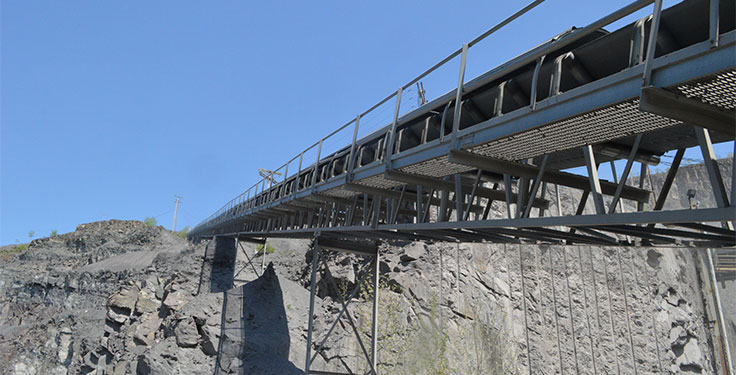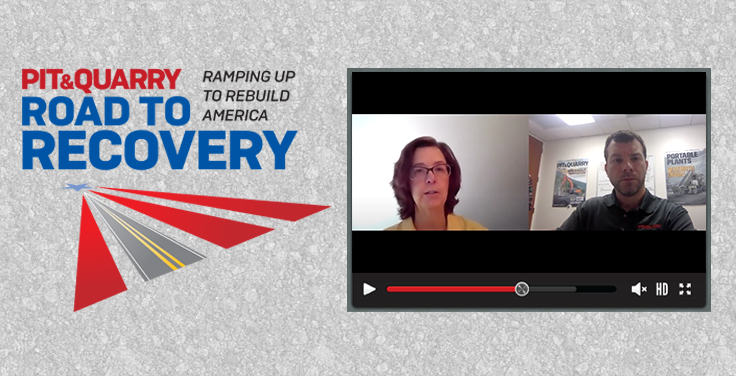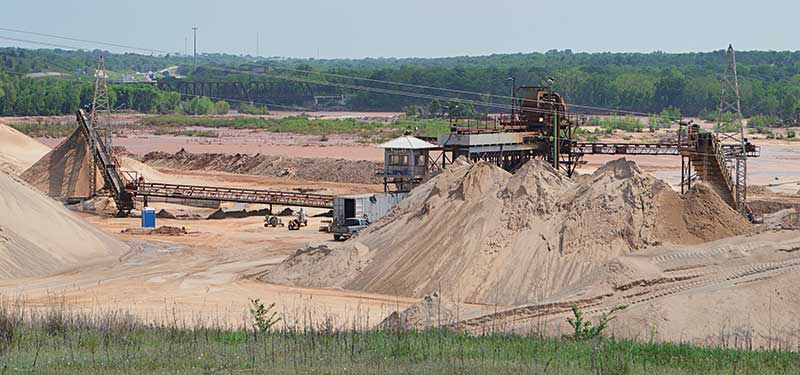
Construction spending declined for the fourth straight month in June as decreases in single-family, highway and educational projects outweighed increases in several private nonresidential categories, according to an Associated General Contractors of America (AGC) analysis of government data.
As state and local governments face budget deficits, AGC officials caution that investments in infrastructure and other construction projects are likely to continue falling unless Congress and the Trump administration provide additional, targeted and dedicated infrastructure funding.
“Regrettably, the overall downward trend in spending is likely to continue and to spread to more project types as work that began before the pandemic hit finishes up,” says Ken Simonson, AGC’s chief economist. “Unless the federal government invests heavily – and promptly – in infrastructure projects, both public and private nonresidential investment are likely to shrink further.”
According to AGC, construction spending in June totaled $1.36 trillion at a seasonally adjusted annual rate, a decline of 0.7 percent from May and the lowest total in a year. After reaching a record high in February of $1.44 trillion, total spending has slumped by 6 percent – the steepest four-month contraction in a decade, Simonson says.
Public construction spending decreased by 0.7 percent in June, dragged down by a 1.7 percent drop in highway and street construction spending and a 2.7 percent decline in educational construction spending – the two largest public segments. The next-largest segment, transportation facilities, also contracted, by 0.6 percent.
Private nonresidential construction spending inched up 0.2 percent from May to June, AGC says, led by a gain of 0.7 percent in the largest segment: power construction. Among other large private spending categories, commercial construction – comprising retail, warehouse and farm structures – slumped 1.3 percent. Manufacturing construction rose 1.7 percent, and office construction edged up 0.3 percent.
Private residential construction spending shrank by 1.5 percent in June as spending on single-family homebuilding plunged 3.6 percent to its lowest level since late 2016, AGC says. In contrast, new multifamily construction spending climbed for the third month in a row, posting a 3 percent increase from May.
AGC officials say state and local budgets are getting hammered by declining economic activity related to the ongoing pandemic.
“It will be hard to rebuild the economy if state and local governments lack the resources needed to improve roads, retrofit schools and keep drinking water safe,” says Stephen Sandherr, AGC’s CEO. “Instead of letting people languish in unemployment, Washington can put people back to work simply by boosting investments in needed infrastructure and other construction projects.”












